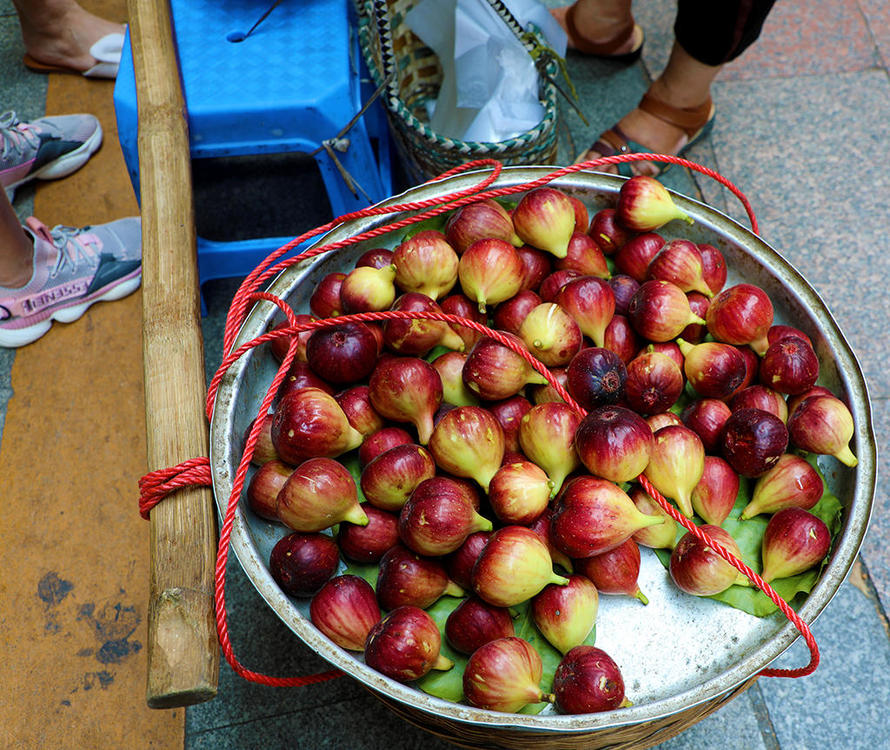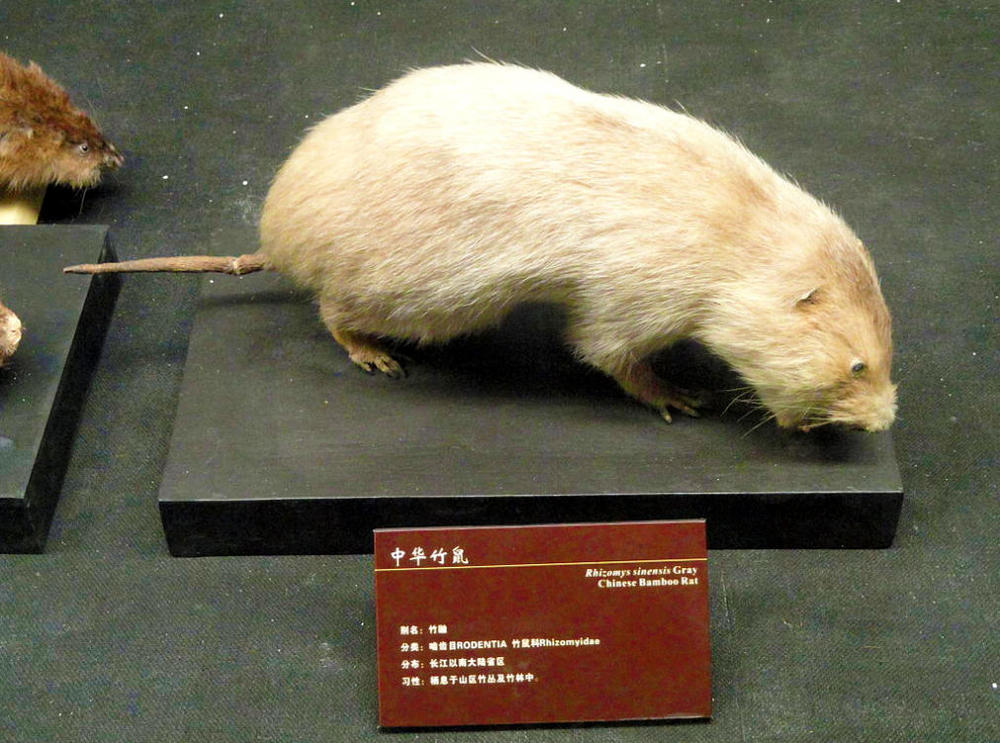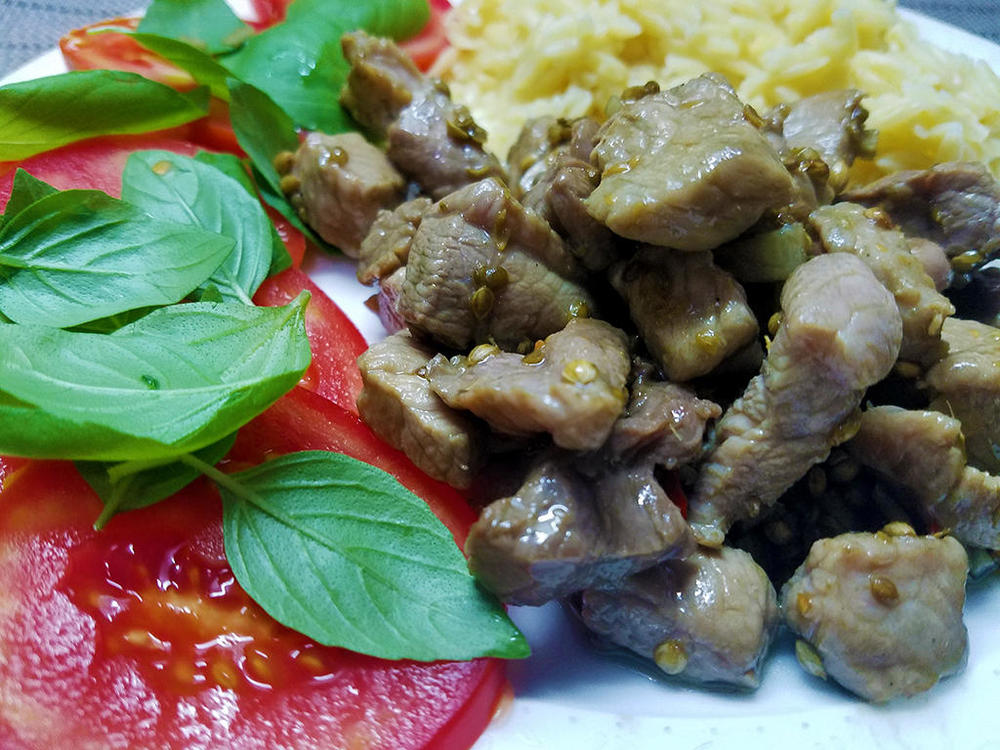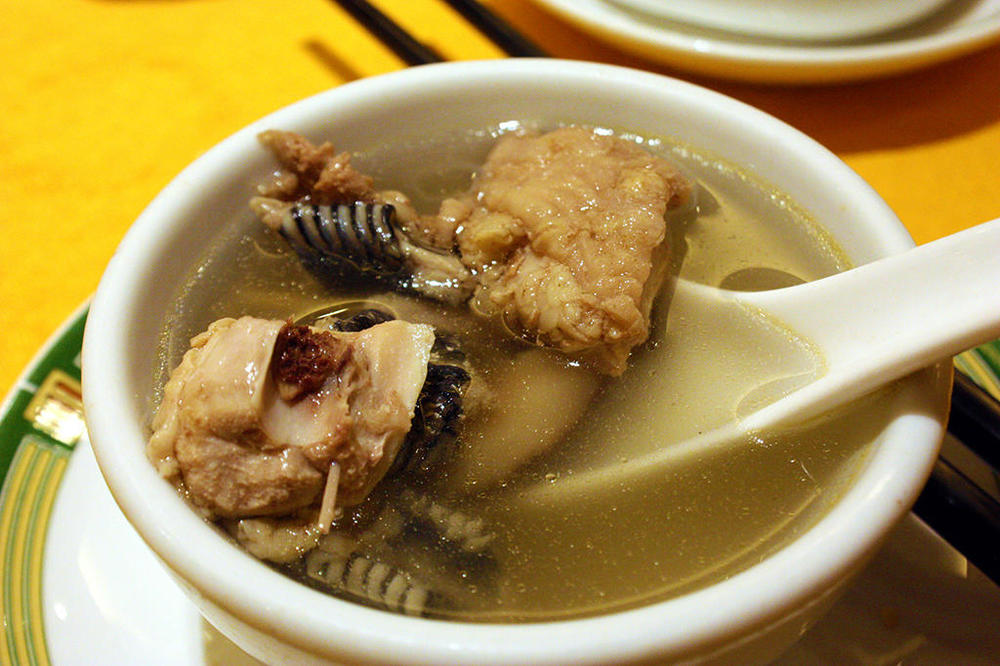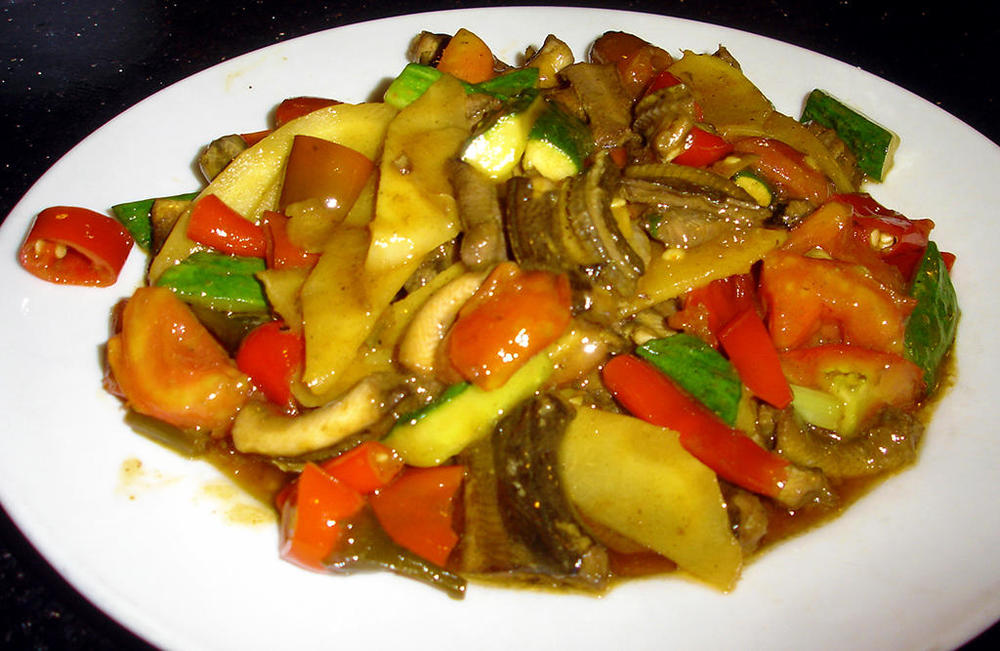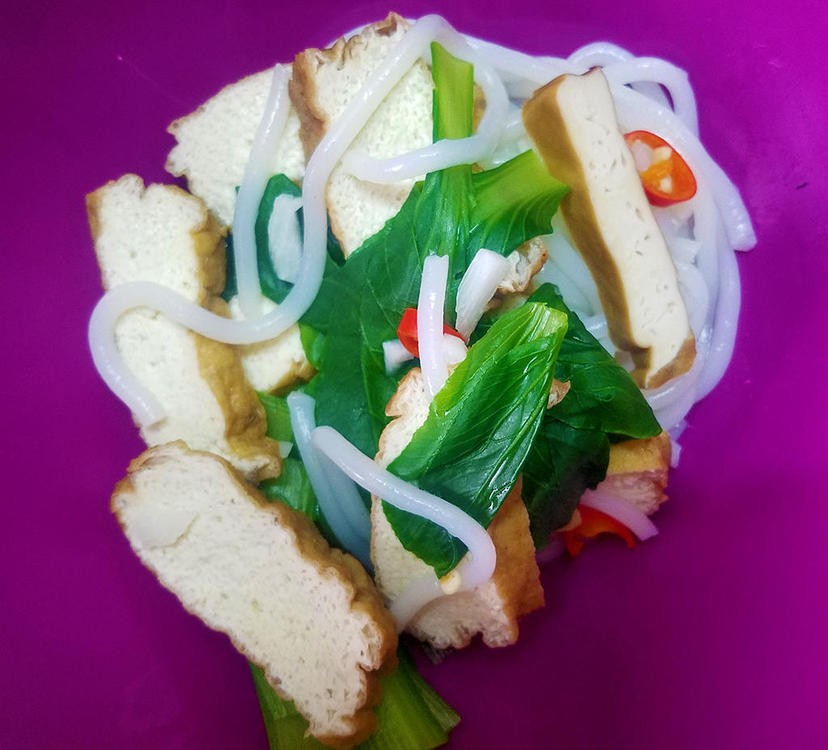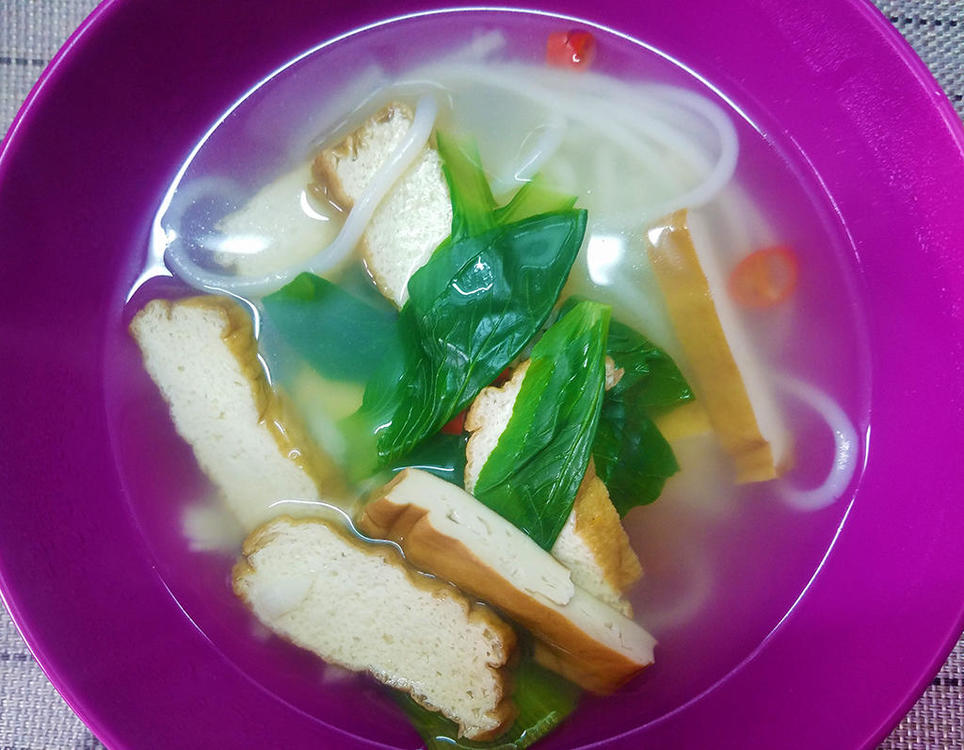-
Posts
16,667 -
Joined
-
Last visited
Content Type
Profiles
Forums
Store
Help Articles
Everything posted by liuzhou
-
I did.
-
Metric is standard. Only Myanmar/Burma, Liberia, and the US think otherwise.
-
Well just from my pantry onion seeds, celery seeds, lovage seeds. I'm sure there are more, but I'm at the other end of the day and sleepy.
-
Ah! You are assuming most English speakers around the world speak American English. Sorry, but that ain't so. Not even nearly! There are more English speakers in China than in the USA and the majority speak British English. It's what the national curriculum teaches . Take in India .... Russia.... I could go on, but we are off-topic. I deliberately said America rather than the USA.
-
Most. Is there any herb that you give different names to the seeds and leaves? Genuine question. My sarcasm mode has been temporarily disabled after sending @CantCookStillTryon a wild goose chase.
-
No! Plain English. I do love spicy soups
-
Only in that America. In the rest of the English speaking world, they are both coriander. Leaf or seeds. I love both.
-
In that case, everything is Chinese!
-
I wondered the same when I first came to China and saw these "HOT"signs. First time I recall was on a menu, so I assumed "spicy"", but sadly it just means popular, which they rightfully are. Wonderful fruit!
-
Nothing really. It's just scrambled eggs with tomatoes, but this is the one dish every Chinese person learns to cook - often the last. I posted some recipes from Chinese teenagers a few years back. 90% of students who submitted recipes chose that dish! I included one recipe. It's seldom on menus, but there isn't a restaurant in the land which can't make it on request. It keeps visiting vegetarians alive. One veggie friend who lived here for three years swore never to eat it again in her life! She'd had it every day for 1,096 days! Not usually a breakfast dish, though. But why not?
-
One street vendor had these nice looking figs this noon, but a little over priced. I'll catch up with her later and the price will have dropped, I'm sure. I made do with some mangosteens from a fruit store.
-
The tastiest of the "rats" isn't a rat, as such. That is the so-called bamboo rat. The local species, the Chinese bamboo rat, Rhizomys sinensis, as its Chinese* and English names suggest, lives in the bamboo groves and it lives on bamboo almost exclusively. It can grow up to 8½-15 inches long (plus tail) and is rather stout. *竹鼠 (zhú shǔ, literally 'bamboo rat') Rhizomys sinensis - Kunming Natural History Museum of Zoology - Public Domain Image
-
I've most definitely had fresh corn. I live in the middle of one of the largest corn producing areas in the world. If I look out my kitchen window in my second home in the countryside, all I can see is miles of corn. I should really move. What I never see is frozen or canned corn (or anything else). BTW, I love cilantro, but I call it coriander.
-
Probably. I've had them often, both here in China and in Vietnam. Tasty. In general, vegetarians do taste better. Except fish. Carniverous fish taste fine. Anyone know why?
-

Effective, inexpensive kitchen gadgets you couldn't live without
liuzhou replied to a topic in Kitchen Consumer
Yes. Guilty as charged. I've had mine about eight or nine years now and still use it regularly. -
I'd happily take the tajin seasoning but use it with something edible instead! 🙂
-
I often use cream cheese as if it was butter in similar circumstances. Nice breakfast.
-
-
@Katie Meadowand anyone else. A couple of snake dishes. First up, snake soup as served at weddings. The snake here is the banded krait. Second is a stir fried dish of snake and mixed veg. Sorry, I can't remember which variety of snake.
-
This was actually brunch, but here it is... Red cooked tofu, Shanghai boy choy, rice noodles in a spicy chicken broth. Seconds were had.
-
Rattlesnakes are only found in the Americas, so I can't comment on thir tastiness. Popular snakes here include mostly local varieties such as Chinese rat snakes, cobras, pythons, pit vipers and banded kraits , among others. To be honest, I find there isn't a great deal of taste difference between them, despite huge price differences depending on rarity. I've never had one I didn't like, so I can't comment on the "not so good", either
-
My motto is, with the few exceptions noted above, "Try everything twice. They may not have cooked it right the first time."
-
If you have 20/20 vision and a microscope.





